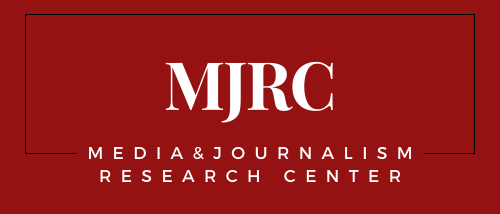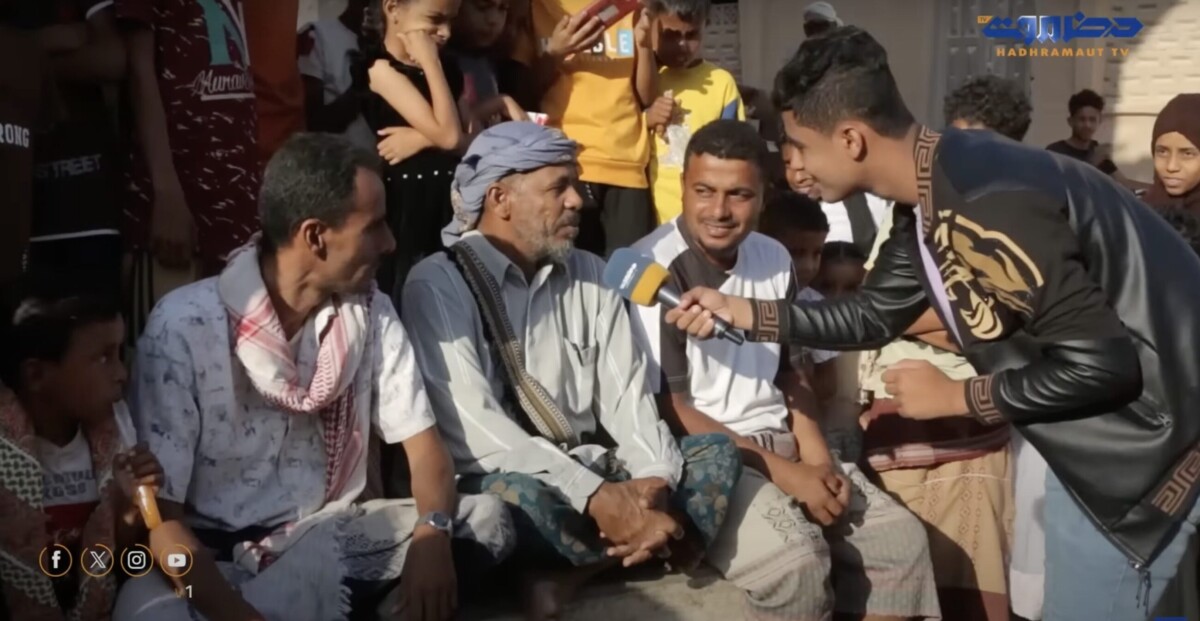New Report Released: Funding Media in War-Torn Yemen
The war has negatively affected media ownership, independence, funding, and journalists’ rights in Yemen, according to a new report mapping trends in media ownership and finances in Yemen issued today by the Media and Journalism Research Center (MJRC).
The war caused the suspension of 165 media outlets (out of a pre-war 365 total). Another 137 new media outlets were established during the war, according to the report authored by Abdullah Qaid, a Yemen-based journalist and researcher.
The parties to the conflict control most of the media in Yemen. The country is governed by conflicting de facto authorities: Ansar Allah Houthis, and the government, which is recognized by the United Nations. The media outlets of Ansar Allah Houthis are predominantly funded by Iran and Hezbollah, while the government’s media outlets are in most cases funded by Saudi Arabia. Some of Islah’s media is financially supported by Qatar, such as Yemen Shabab TV, Al Mahriah TV, and Belqees TV, while the media of the People’s General Congress, the National Resistance, and the Southern Transitional Council are funded by the Emirates.
Further to the disarray in terms of reporting standards, there is also evidence to show that many journalists are operating under contracts that do not account for the danger involved with journalistic work in a time of civil war. They do not offer any kind of insurance or hazard pay and no guarantees, but the journalists are forced to take what they can get because work is becoming harder and harder to find under a regime that does not support freedom of expression and a militaristic opposition determined only to further their own agenda.
The report, Yemen: Funding Journalism, is part of the Media Influence Matrix, a multi-country comparative research project conducted by the MJRC in cooperation with local partner organizations since 2017.
See the full report here.
See Yemen in the Media Influence Matrix project here.
Photo: MJRC photo database
Invest in independent media research and join a community of practice.
Your contribution supports MJRC’s investigations and global analysis. As a supporter, you can receive early access to new findings, invitations to small-group briefings, inclusion in our Supporters Circle updates, and the option to be listed on our Supporters Page.
Contribute to MJRC
